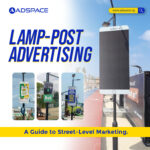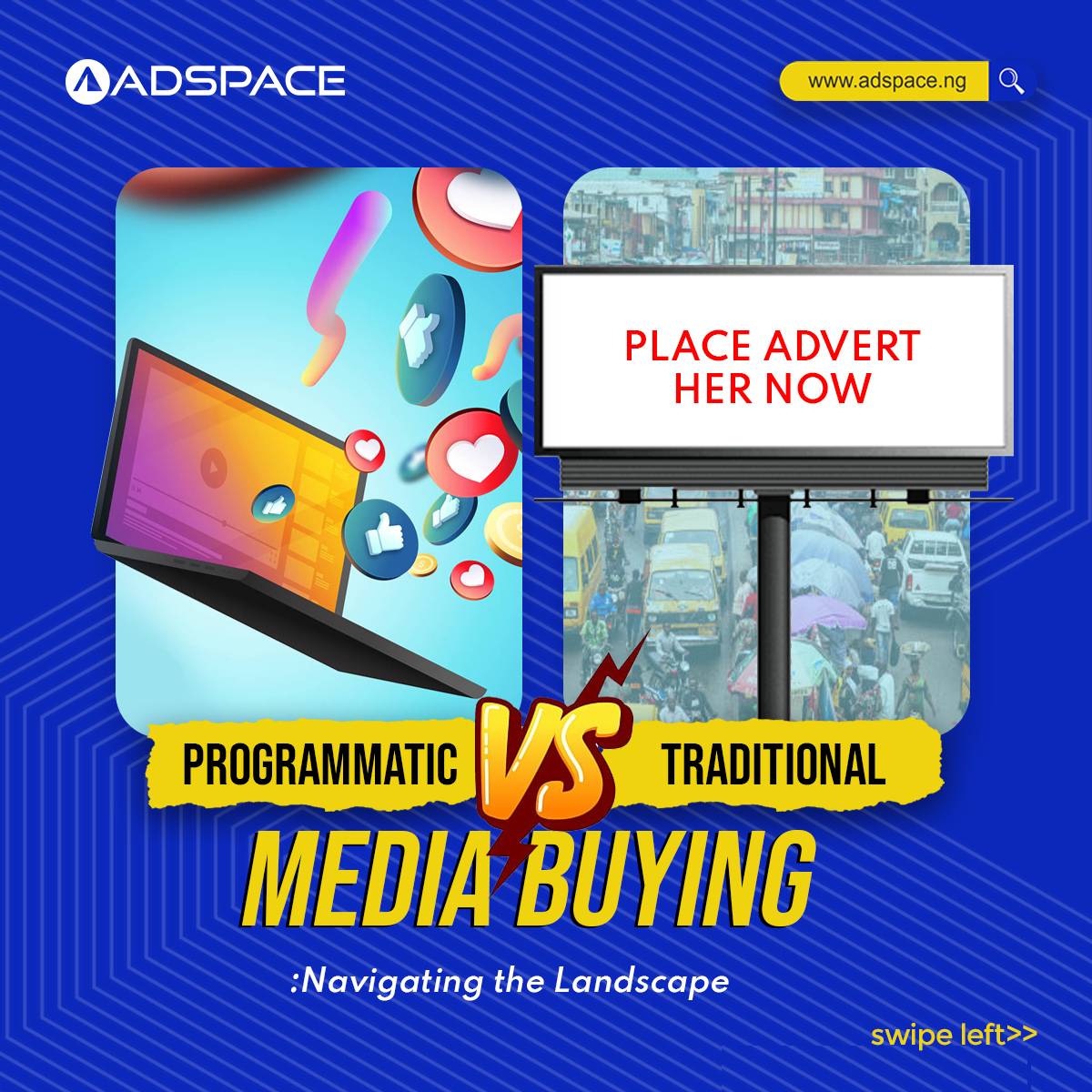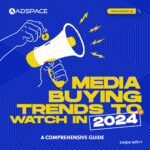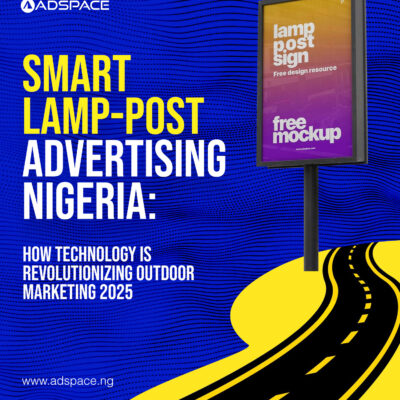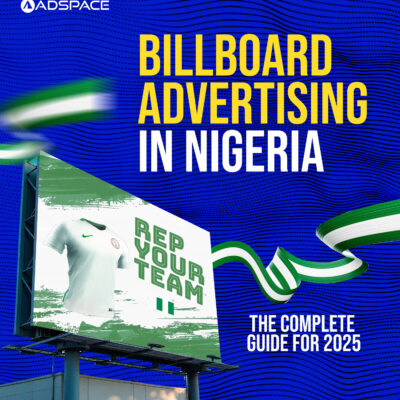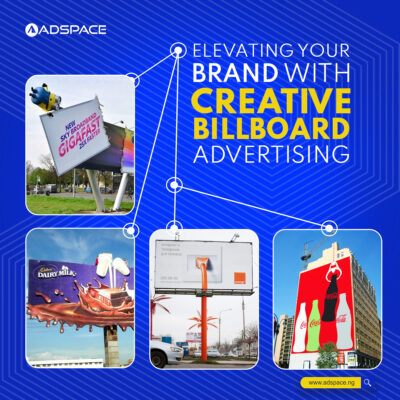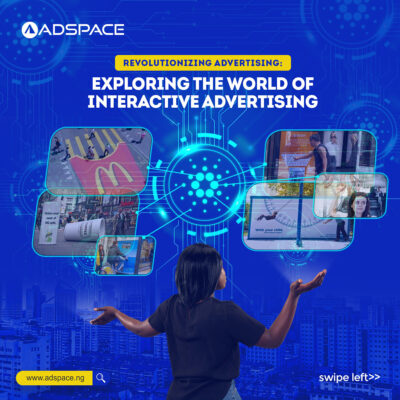In the ever-evolving realm of advertising, the choice between programmatic vs traditional media buying has become a pivotal decision for marketers. Understanding the pros and cons of each approach is crucial for crafting effective campaigns that resonate with target audiences. This comprehensive guide delves into the intricacies of programmatic buying versus traditional media buying, offering insights, case studies, and a forward-looking perspective to help advertisers make informed decisions.
I. Introduction
Definition and Significance of Outdoor Advertising The advertising landscape has witnessed a transformative shift with the advent of programmatic and traditional media buying. Programmatic buying involves automated ad purchasing through real-time bidding, while traditional media buying follows a more manual and traditional approach. In this blog, we explore the key aspects, advantages, and drawbacks of both strategies, providing marketers with a comprehensive understanding of how to navigate this dynamic terrain. Significance of Media Buying in Advertising Media buying is the cornerstone of advertising, determining how and where ads reach their intended audience. As technology continues to reshape the industry, advertisers must weigh the merits of programmatic and traditional approaches. This blog aims to demystify these methods, offering a nuanced exploration of their respective strengths and weaknesses. Overview of the Blog’s Focus on Pros and Cons The central focus of this blog is to dissect the pros and cons of programmatic and traditional media buying. By examining cost efficiency, targeting precision, ad transparency, and creative flexibility, advertisers can make informed decisions aligned with their campaign objectives. Through a comparative analysis, industry trends, case studies, and forward-looking insights, this guide equips marketers with the knowledge needed to thrive in an increasingly complex advertising landscape.II. Understanding Programmatic Buying
Explanation of Programmatic Media Buying Programmatic buying involves the use of automated systems and algorithms to purchase digital advertising space. In real-time bidding scenarios, advertisers bid for ad impressions, and the winning bid secures placement. This process occurs in milliseconds, allowing for efficient and data-driven ad placements across a vast array of digital channels. Key Characteristics and Processes Programmatic buying is characterized by its speed, precision, and data-centric approach. Advertisers leverage audience insights, demographic information, and behavioral data to target specific consumer segments. The processes involve the use of demand-side platforms (DSPs) and supply-side platforms (SSPs) to facilitate seamless transactions between advertisers and publishers. Pros and Cons of Programmatic Buying The pros of programmatic buying include unparalleled targeting precision, real-time optimization, and the ability to reach diverse audiences at scale. However, challenges such as ad fraud, concerns over ad viewability, and potential brand safety issues underscore the importance of diligent oversight and the use of reputable platforms.III. Exploring Traditional Media Buying
Explanation of Traditional Media Buying Traditional media buying, on the other hand, adheres to a more conventional and manual process. This method involves direct negotiations between advertisers and publishers or media outlets. Television, radio, print, and outdoor advertising are primary channels in traditional media buying. Characteristics of Traditional Buying Traditional media buying relies on personal relationships and negotiated deals. Advertisers purchase fixed slots or spaces, whether it’s a TV spot, radio ad, or a page in a print publication. This method is known for its reliability and established practices, providing a sense of control over ad placements. Pros and Cons of Traditional Media Buying Traditional media buying excels in brand visibility, particularly for mass audiences. It offers a tangible and trusted form of advertising, leveraging the reputation of established media outlets. However, drawbacks include limited targeting capabilities, longer lead times, and challenges in measuring campaign effectiveness compared to the real-time metrics available in programmatic buying.IV. Comparative Analysis: Programmatic vs Traditional Media Buying
Cost Efficiency Programmatic buying often boasts cost efficiency through automated processes and real-time bidding. Advertisers have the ability to set budgets, optimize bids, and maximize the impact of their spending. Traditional media buying, while offering fixed costs, may incur additional expenses for premium placements and manual negotiations. Targeting Precision Programmatic buying stands out for its unparalleled targeting precision. Advertisers can tailor campaigns to specific demographics, interests, and behaviors, ensuring messages resonate with the right audience. Traditional media buying, while effective for broader reach, may lack the granularity of targeting options provided by programmatic methods. Ad Transparency Ad transparency is a critical factor in evaluating the effectiveness of media buying strategies. Programmatic buying offers real-time analytics and insights, providing advertisers with a transparent view of campaign performance. Traditional media buying, with its more extended lead times and manual processes, may present challenges in obtaining immediate and detailed performance data. Creative Flexibility The creative flexibility afforded by programmatic buying allows advertisers to experiment with different ad formats, messages, and visuals in real-time. This agility enhances the adaptability of campaigns based on performance data. Traditional media buying, constrained by fixed placements and lead times, may require more comprehensive planning for creative execution.V. Industry Trends and Adaptation
Rise of Programmatic Advertising The rise of programmatic advertising reflects the industry’s response to the demand for data-driven, efficient, and precise ad placements. Automation, machine learning, and artificial intelligence have fueled the growth of programmatic buying, making it a dominant force in the digital advertising landscape. Endurance and Evolution of Traditional Media Buying While programmatic advertising has gained prominence, traditional media buying has not become obsolete. Established media outlets continue to be trusted sources for brand visibility, especially in television and print. Many advertisers find value in a balanced approach that combines the strengths of both programmatic and traditional methods. Hybrid Approaches in the Media Landscape In response to the dynamic nature of the media landscape, hybrid approaches are emerging. Advertisers are increasingly adopting strategies that blend programmatic and traditional methods. This hybridization allows for the optimization of both precision targeting and the credibility associated with traditional media.VI. Case Studies: Programmatic and Traditional Success Stories
Successful Campaigns with Programmatic Buying Examining successful programmatic campaigns reveals the impact of data-driven strategies. Brands leveraging programmatic buying have achieved remarkable results in terms of reaching specific audiences, driving engagement, and optimizing return on investment. Case studies highlight the adaptability and scalability of programmatic methods across diverse industries. Effective Campaigns Leveraging Traditional Media Buying Traditional media buying has its success stories, with iconic brands continuing to invest in television, print, and radio advertising. These campaigns showcase the enduring power of traditional media in creating brand recognition and resonance with broad audiences. Case studies underscore the effectiveness of traditional methods in specific contexts and target markets. Hybrid Campaigns Showcasing Combined Strengths Hybrid campaigns, blending programmatic and traditional elements, offer a glimpse into the future of media buying. Brands that seamlessly integrate these approaches achieve a harmonious balance between targeted precision and broad visibility. Case studies illuminate the creative strategies employed in hybrid campaigns and the resulting impact on brand awareness and consumer engagement.VII. Challenges and Solutions
Addressing Challenges in Programmatic Media Buying Challenges in programmatic media buying include concerns about ad fraud, ad viewability, and brand safety. Advertisers can address these challenges by partnering with reputable platforms, implementing robust verification measures, and staying informed about industry standards and best practices. Mitigating Challenges in Traditional Media Buying Traditional media buying faces challenges in adapting to the speed and data-driven nature of the digital age. Advertisers can mitigate these challenges by complementing traditional methods with digital strategies, incorporating data analytics, and embracing technology to enhance campaign measurement and effectiveness. Strategies for Overcoming Industry Challenges The ever-evolving landscape demands adaptive strategies. Advertisers can navigate industry challenges by fostering collaboration between creative and data-driven teams, staying updated on technological advancements, and maintaining a flexible approach that accommodates the strengths of both programmatic and traditional media buying.VIII. Decision-Making Factors for Advertisers
Considerations for Choosing Programmatic Buying When choosing programmatic buying, advertisers should consider factors such as the need for precise targeting, real-time optimization, and the ability to adapt quickly to changing trends. Programmatic buying is particularly effective for brands seeking data-driven insights and the agility to adjust campaigns in real-time. Considerations for Choosing Traditional Media Buying Advertisers opting for traditional media buying should weigh the benefits of brand visibility, reputation, and the enduring appeal of established media channels. Traditional methods are suitable for campaigns where broad reach and long-term brand building are the primary objectives. Hybrid Approaches Based on Campaign Objectives Hybrid approaches, combining programmatic and traditional buying, offer a strategic middle ground. Advertisers can choose hybrid methods based on campaign objectives, leveraging the precision of programmatic buying and the credibility of traditional media. Hybrid campaigns are effective in maximizing both targeted reach and broader visibility.IX. Future Outlook
Emerging Trends in Programmatic and Traditional Media Buying The future of media buying holds exciting prospects as technology continues to advance. Emerging trends include further integration of artificial intelligence, enhanced programmatic capabilities, and the evolution of data analytics. Traditional media buying is likely to see innovations in measurement and audience engagement to align with the digital age. Technological Innovations Shaping the Future Technological innovations will play a pivotal role in shaping the future of media buying. Augmented reality, interactive ad formats, and advancements in data analytics will provide advertisers with new tools for creating immersive and engaging campaigns. The integration of blockchain technology may also enhance transparency and security in programmatic buying. Industry Predictions and Insights Industry experts predict a dynamic and adaptive future for media buying. As consumer behaviors evolve, advertisers must stay attuned to changing preferences and consumption habits. The shift towards a more personalized and experiential approach is expected to influence both programmatic and traditional media buying strategies.X. Conclusion
Recap of Pros and Cons In conclusion, the choice between programmatic and traditional media buying hinges on understanding their respective pros and cons. Programmatic buying offers unparalleled precision and efficiency, while traditional media buying excels in broad brand visibility and reputation building. Advertisers must carefully weigh these factors based on campaign objectives, target audiences, and industry trends. Closing Thoughts on Media Buying Strategies The landscape of media buying is diverse, and successful advertisers recognize the value of flexibility and adaptation. Whether embracing the efficiency of programmatic buying, the credibility of traditional methods, or a strategic blend of both, the key lies in aligning media buying strategies with overarching marketing goals. Encouragement for Advertisers to Stay Informed and Adaptive As the advertising landscape continues to evolve, staying informed and adaptive is paramount. Advertisers should remain vigilant to industry trends, leverage data-driven insights, and explore innovative approaches. By embracing change and strategically navigating the dynamic media buying landscape, advertisers can position themselves for sustained success in reaching and engaging their target audiences.Other Articles
Next
Previous
December 6, 2023


